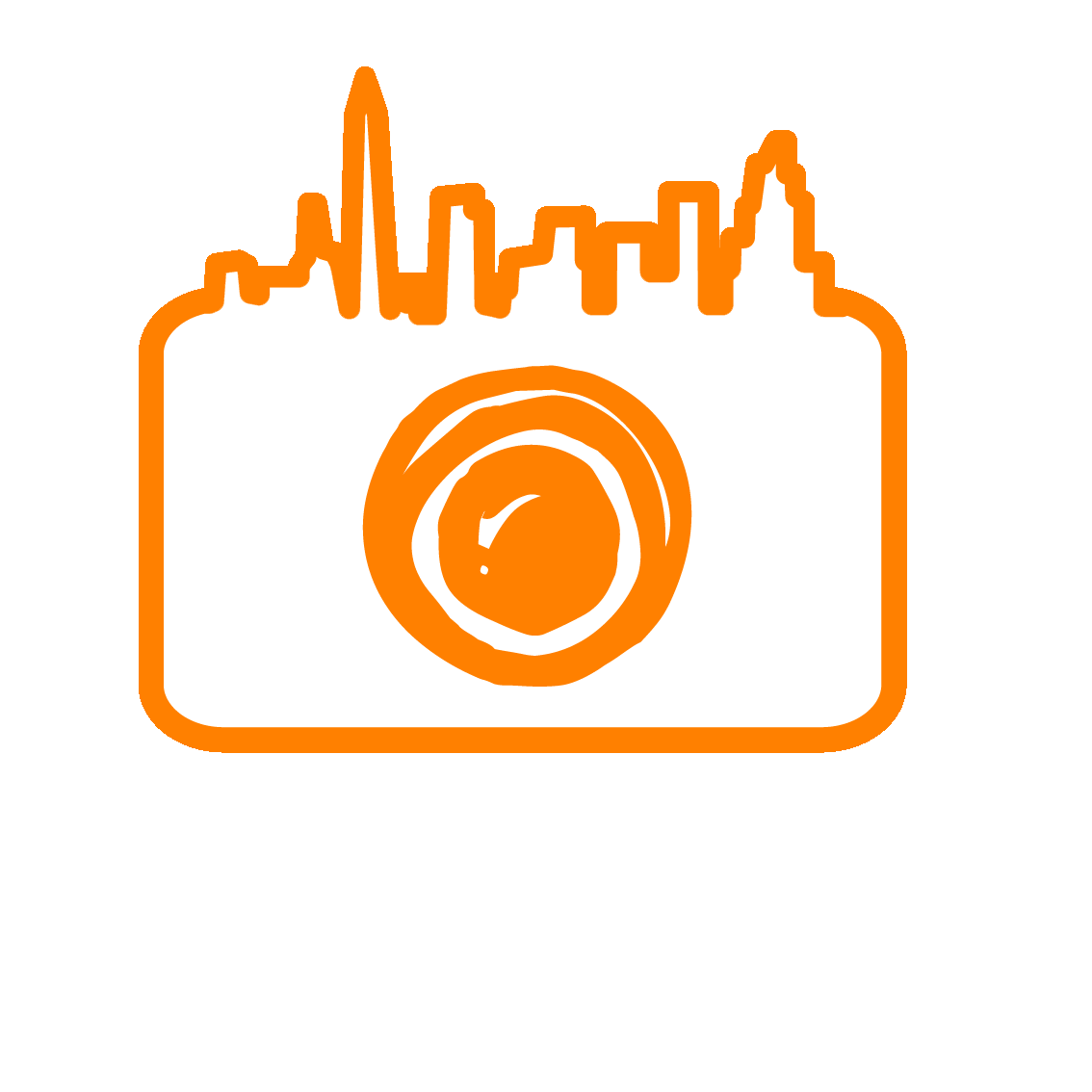Have you recently purchased a DSLR and are super confused with all the buttons and what they do? New to photography and want to up your photo game? I've got you! Follow these 5 simple tips and it could change your life (or at least better your photography!) Usually, when I meet a client, I'll sit and have a look at their camera and change a few of their settings right away. You likely don't have me next to you to help you, so here is my top (easy!) functions to change on your camera that will make a big difference to your photography. These settings live in different parts of the menu depending on your camera brand. Have a peek at the manual or search online to find it on your model.
- Turn Off Beep and AUTO Focus Assist Illuminator - You don't need either one of them! Some may think that the beep can help you know when you're focused properly. This is true, but you know when you're in focus as the shutter releases and you get the 'green light'. Even if your focus is off, the beep won't help you. It's just super distracting, especially if you're shooting the ceremony part of a wedding or trying for that incognito street portrait. Same with focus illuminator. There is ZERO need for this during the day (or even at night), it only distracts your subject and they will have a puzzled "what the heck was that?" expression on their face when you press the shutter. Nobody wants that. There could be a slight chance in very very low light that you might need this. But the odds that you do are so slim. So just turn the thing off!
- Turn Off Your FLASH - Ew, gross. Is what I say to onboard camera flash. It does nada for your subject unless you like washed out skin tones, red eyes and floating heads and bodies in black abyss. Instead, move your subject closer to a light source (window light rocks!), turn on another lamp and open the curtains or kick up your ISO (be careful with this as you might find it creates grain and noise). Eventually, you could think about investing in a speed light, but you certainly don't have to do that right away!
- Dial in the "Diopter"! - This has changed the game for a few of my clients! It's the easiest thing to do and so many don't know about it. It's a little dial, usually located to the right of the viewfinder. Have a look through the viewfinder and give this guy a spin. It only changes the focus that you see, not the final image. Set it so that what you see in your frame is clear and sharp. LIFE CHANGING!
- Auto White Balance but NOT Auto ISO - This is maybe the only time I will agree to Auto. But you have loads of things to think about with composition, lighting, shutter, aperture the last thing you need as a beginner is to throw changing your WB into the mix. If you really love photography, you should be using a post production program of some kind to edit your images. This is where you can change colour balance if it's a bit off. However, Say NO to Auto ISO. My rule of thumb for beginners is to keep your ISO in and around 400 for daylight shooting (I usually go with 320). You're not doing fine art shots, so you don't need to go below this number. I would only change it up if you are entering evening light or inside darker conditions. If you choose Auto ISO, the camera is deciding what your ISO should be and it's not always accurate. You don't want to be shooting portraits with an accidental 1600 ISO. No no no no. Keeping your ISO consistent will also make it easier to learn how shutter and aperture work together (in manual mode) to properly expose your image. An invaluable lesson if you want to be a better photographer.
- Switch Focus Point from Auto to Manual - I'm always harping on about going manual all the way! But, I understand fully manual everything can be a scary place for beginners. However, you're going to have to move out of the comfort of AUTO and switch to either M, A, S, P (Nikon) or M, AV, TV, P (Canon) modes on your camera. Changing your focus area from auto (lots of focus points) to manual (one single focus point that you can toggle to different focus points) will give you control of what part of the image that you want to be 'featured' (in focus) not the area that your camera is guessing you want in focus. More control = better photos.
There you have it! I have LOADS of other little tips and tricks to help out the new photographer or if you have a new camera and your unsure about it's settings.
Hit me up, book a tour and come learn, shoot and explore the city with me!

